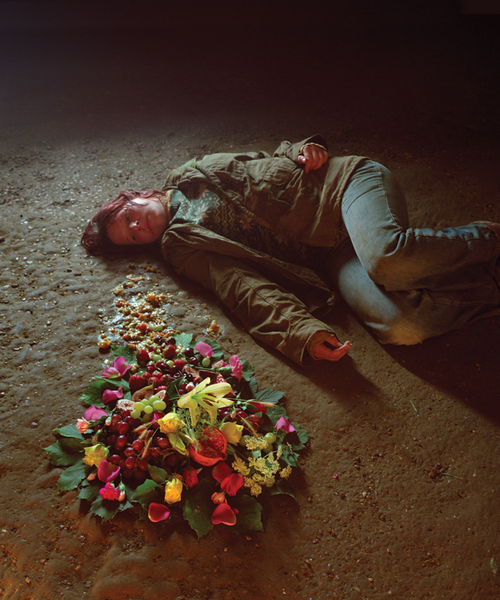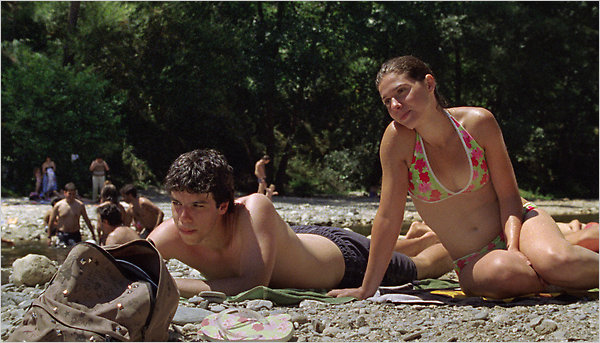|
Duración: 106 min.
Origen: Alemania Productor: Harun Farocki Director: Harun Farocki y Andrei Ujica Guion: Harun Farocki y Andrei Ujica Editor: Egon Bunne Reseña de Libertad Gills Arana Videogramas de una revolución (1992), un documental reflexivo y participativo compuesto de material filmado por camarógrafos aficionados y televisoras entre el 20 y 25 de diciembre de 1989, las fechas entre las cuales el pueblo de Rumania se liberó de una dictadura de más de 40 años, examina la construcción de la historia a través de la cámara y de la televisión. No esperes aprender los hechos sobre la revolución rumana de 1989 a través de esta película, para eso necesitarías ver un documental expositivo, la versión oficial de la Historia, con “h” en mayúscula. En vez de aprender hechos, en este documental el espectador es invitado a cuestionar esta construcción. El protagonista de Videogramas es la cámara en sí y la manera en que ella da forma(s) a la revolución que ocurre delante de su lente y de su micrófono.
1 Comment
by Robert Koehler
In the brave new world of films that have escaped from the categories of “narrative” and “documentary,” the matter at hand isn’t one of—to use another quotable word—“reality.” Indeed, the shattering of the simpler notions of reality is a crucial function of these films, since they’re in part expressions of doubt that any firm grasp on the real is even remotely possible. Rather, the issue in its most direct sense concerns what is recorded visually and audibly. And it’s beyond the old Robert Flaherty/Nanook of the North (1922) dilemma of pre-arranged nonfiction. Given that there’s no objective reality and that the scientifically observational field film has been quite consciously re-examined under the Heisenbergian notion that the only reality that exists is that which can be observed, and further, allowed to be affected by intentional subjectivity, the zone of a cinema free of, or perhaps more precisely in between, hardened fact and invented fiction permits all manner of wild possibilities. Starting with Lisandro Alonso’s game-changing La Libertad (2001), which served up a tale as well as a document of woodcutter Misael, we have been living through an incredible period for the cinema of in-between-ness. por Libertad Gills El artista Omer Fast, nacido en Jerusalén en 1972, y actualmente radicado en Berlín, Alemania, explora las configuraciones de la ficción y la realidad a través de la combinación entre el documental y la dramatización. Su trabajo combina cine, performance e instalación para cuestionar temas de la representación y la memoria y para experimentar con formas de contar y recontar historias. Este ensayo analizará su obra desde la perspectiva del concepto de la historia de Benjamin, la genealogía de Foucault y los conceptos de Deleuze sobre el cine. JEAN-LUC GODARD once observed that every fictional film is a documentary of its actors. Jacques Rivette finessed the aphorism, proposing that every film is a documentary of its own making, not only a record for posterity of the people in it but also a window into the culture that produced it.
In a very literal sense, all films have documentary aspects: once the camera is turned on, whatever is captured, no matter how staged, contains a trace of reality, an element of chance. The inverse is true as well: no documentary, whatever its claims to objective reportage, is ever devoid of manipulation, since a controlling hand is evident in even the most routine matters of camera placement and shot selection. |
Archives
December 2019
Categories |


 RSS Feed
RSS Feed